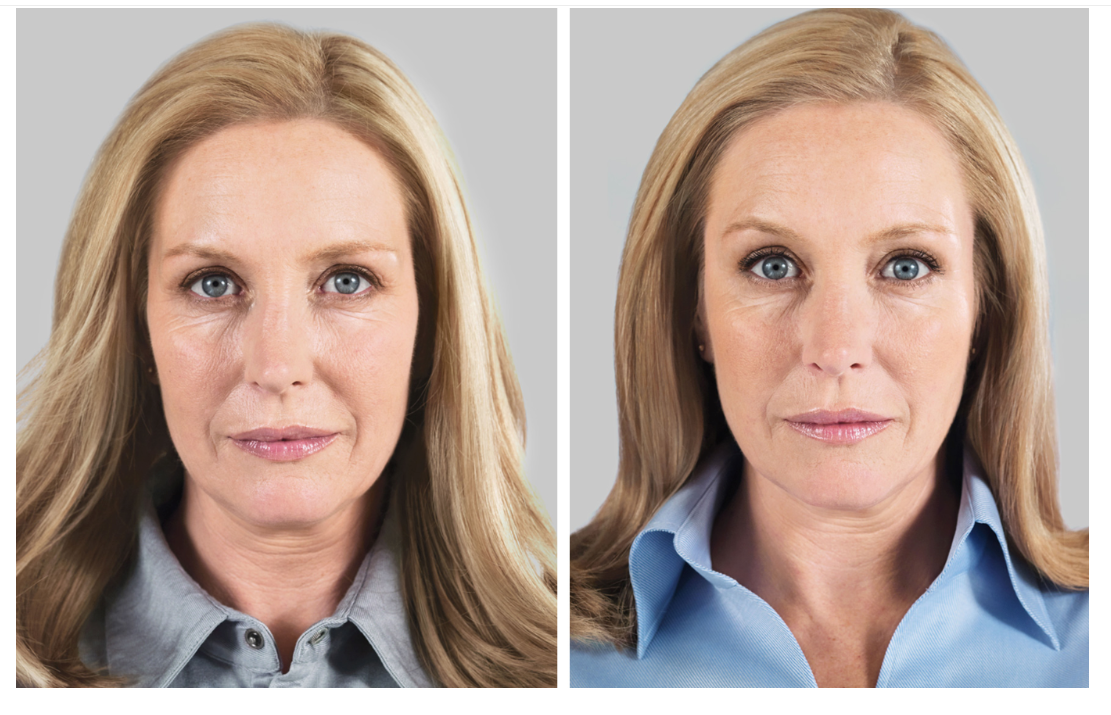
Facial ageing is inevitable, and so is the increased loss of collagen in the skin as we age. This loss is a major contributor to the appearance of wrinkles and other signs of ageing. Collagen gives structure and support to our skin.
It is a fibrous protein found in abundance in our bodies. So, when the amount of collagen in our skin decreases as we age, signs such as saggy skin, wrinkles, and loose skin begin to appear.
The purpose of collagen stimulator treatments is to activate renewal of collagen within the skin. In so doing, we can help restore its inner volume and structure. Do collagen stimulators really work to activate collagen renewal within our skin, leading to a more youthful appearance? Find out below.
What is a collagen biostimulator?
A collagen biostimulator is an injectable filler made of particular substances. This substance gets injected into the deeper layers of the skin, namely the dermis, which is the middle layer. Once injected, this substance gradually causes an increase in collagen production.
Treatment with collagen stimulators is considered minimally invasive, and there is often no downtime. The results appear gradually, as the chemical takes effect. Within a few months after the treatment, you should see optimal results. The results can last up to 2 years, or sometimes even longer.
What Are the Effects of Collagen Injections?
According to studies, a biostimulator increases the ability of the body to produce a type of collagen that improves the elasticity of the skin. It's important to note that measuring the exact firmness and elasticity of the skin is difficult. In studies, indirect methods, such as a cutometer, are sometimes used.
With a cutometer, a small probe is pressed to the skin's surface. Exposed to this negative pressure, the skin becomes drawn into the probe. This method is also called a suction method.
Researchers interpret the skin's resistance to the negative pressure as skin firmness. The skin's ability to return to its original position once the negative pressure is removed can be interpreted as skin elasticity.
Often, it is just easier to take a before and after photo. You can then evaluate the changes in loose skin, wrinkles, deep folds, and other signs of ageing. It is recommended that this practise be adopted for all kinds of aesthetic treatments.
The below images below show the before and after results of a PLLA biostimulator. The after images have been taken 25 months after the initial treatment. You can see that collagen growth has occurred, leading to positive results.
You can learn more about collagen biostimulators on our site.
REFERENCES
"1. Narins RS et al. J Am Acad Dermatol 2010;62(3):448–62.; Brandt FS et al. Aesthet Surg J 2011;31(5):521–8.
2. 17. McKeen LW. Plastics used in medical devices. In: Modjarrad K, Ebnesajjad S, eds. Handbook of Polymer Applications in Medicine and Medical Devices. Oxford, England: Elsevier; 2014:21-53. 18. Lasprilla AJR, Martinez GAR, Lunelli BH, Jardini AL, Filho RM. Poly-lactic acid synthesis for application in biomedical devices––a review. Biotechnol Adv. 2012;(30):321–328.
3. Stein P et al. J Dermatol Sci 2015;78(1):26–33.9.; Goldberg D et al. Dermatol Surg 2013;39(6):915–22.; Vleggaar D et al. J Drugs Dermatol 2014;13 (4 suppl):s29–31.; Moyle GJ et al. HIV Med 2004;5(2):82–7.
4. Narins RS et al. J Am Acad Dermatol 2010;62(3):448–62.
5. Weinkle S and Lupo M. J Clin Aesthetic Dermatol 2010;3(9):30–33.
6. Hofmeier SM et al. J Women ageing 2017;29(1):3–14.
